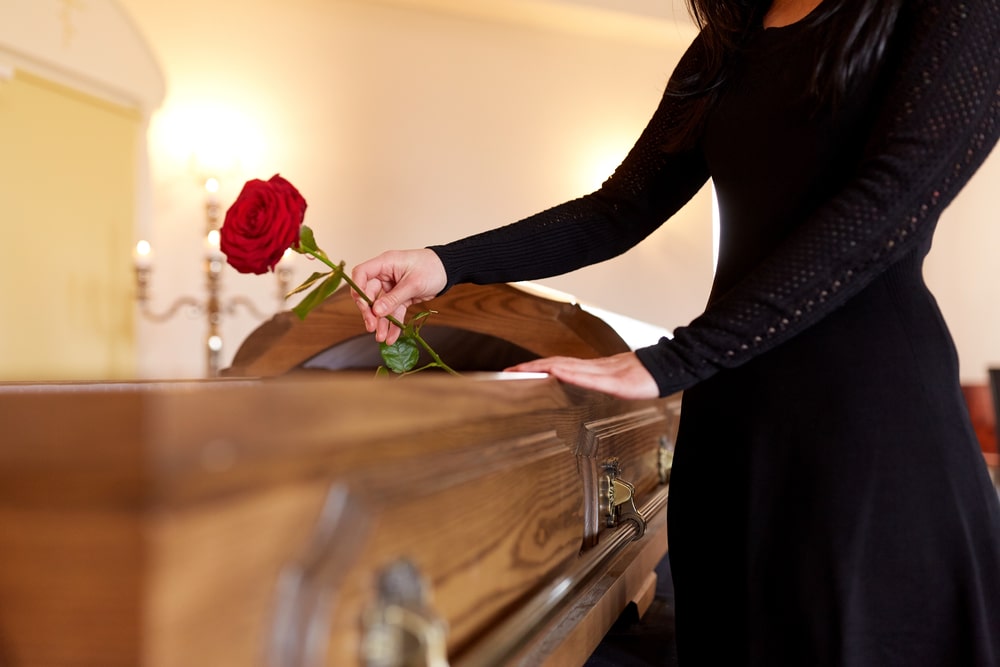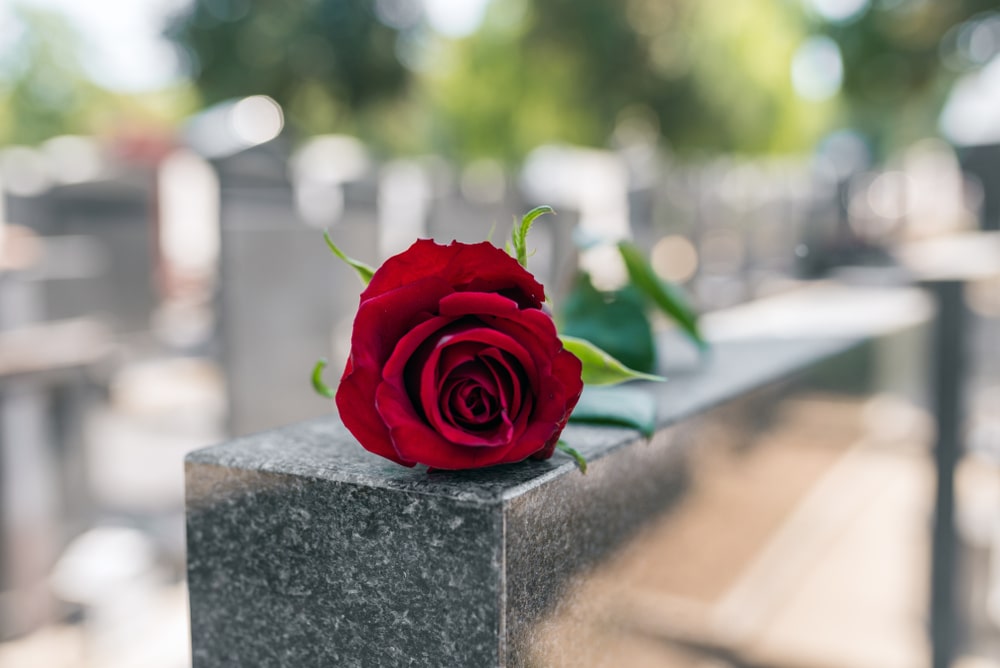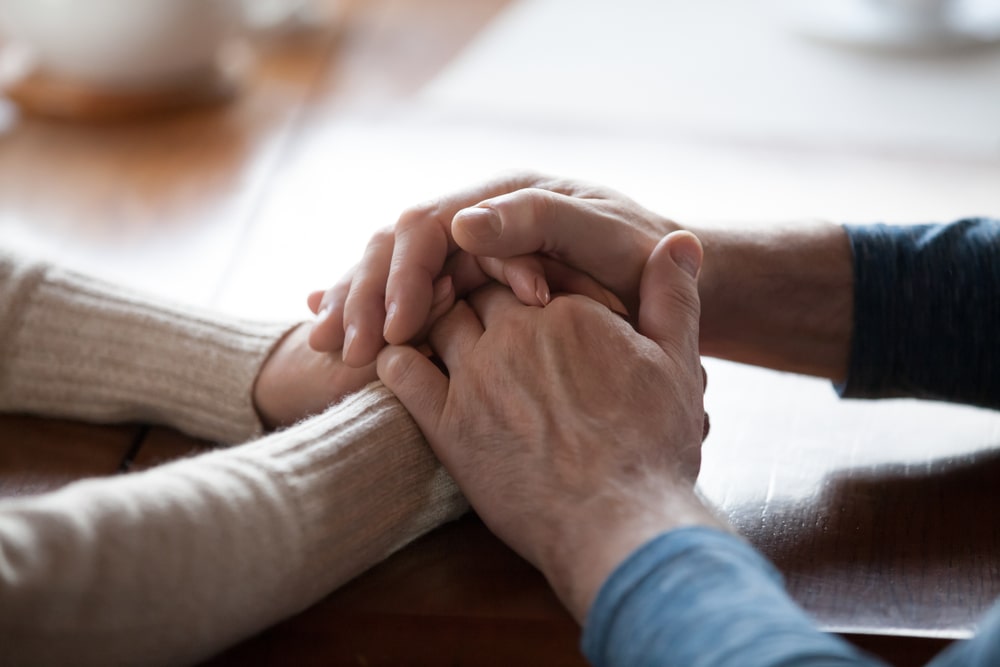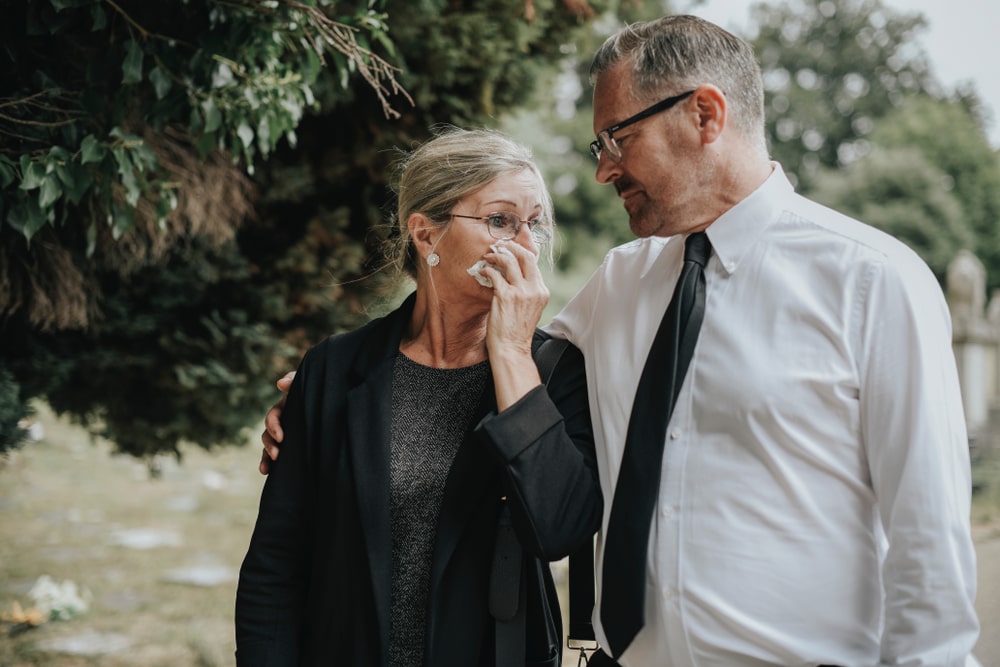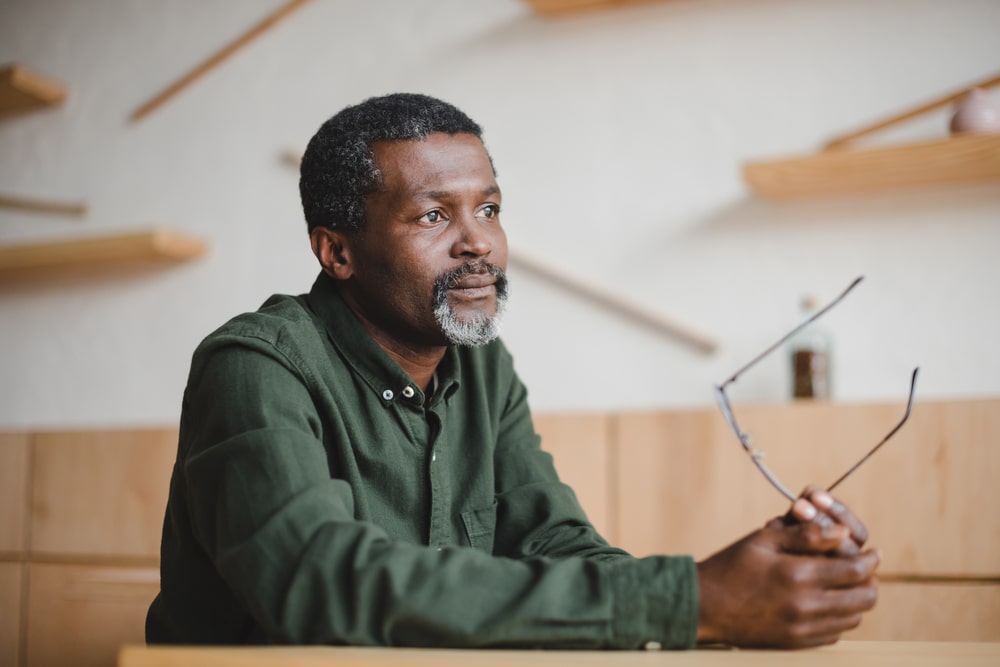
We all know the value of being prepared. We buy car insurance, fire insurance, health insurance, life insurance – all just in case. When you stop to think about it, why do we buy these policies? Answer: Because the future is unknown. We don’t know if we will be in a fender bender, if hail will damage the roof, or if a health issue will arise. While most aspects of the future are unknowable, we can be sure of one thing – we will all face death someday. So, if we prepare for events that might occur, doesn’t it make sense to prepare for an event that will occur?
Advance funeral planning is writing down your funeral wishes so that your family knows how you would like your life honored when that day comes. By doing this, you take the mystery out of your wishes. Your family doesn’t have to make decisions in a cloud of grief, uncertain about what you would have wanted. Instead, with your wishes in hand, they can make decisions with confidence and certainty.

However, you can take things one step further and also protect your family financially by preparing for the cost of a funeral. At this time, you may be planning to use a life insurance or final expense policy to pay for any final services. While it’s better than having no plan at all, check out The Truth About Life Insurance and Funeral Expenses and Myth Vs. Fact: The Truth About Final Expense Plans to get a fuller look at what using these policies will mean for your family.
Today, let’s talk about a type of policy you may not know much about: prepaid funeral insurance policies.
What is a Prepaid Funeral Insurance Policy?
Definition
In a nutshell, a prepaid funeral insurance policy is an insurance policy based on a contract between you and your chosen funeral home. You select a funeral home and make an appointment to talk about your final wishes. Then, you make your selections – burial, cremation, casket, urn, service, visitation, etc. – and the funeral home will draw up an itemized contract. Once you know the cost of your selections, you can make adjustments or move forward with what you have.
Once your selections are determined and the contract is drawn up, it’s time to open a prepaid funeral insurance policy in the amount of your contract. You can do all of this without leaving the funeral home. However, please note: You will not pay your premiums to the funeral home, but to the insurance company that backs the prepaid funeral insurance policy. Go to 10 Questions to Ask Before You Prepay Your Funeral to see a few other questions to ask before signing anything.

You can draw up a contract at any age, regardless of health. However, when you submit the paperwork for a prepaid insurance policy, the insurance company will ask health questions. In most cases, these health questions won’t prevent you from opening a policy. However, your answers may affect the type of plan you are eligible to sign up for.
When you sign the contract, your down payment and all other payments will be kept in escrow with the funeral insurance company (not the funeral home) until the time of death. The insurance company ensures that your funds are available for use by your family when they are needed.
A Step-by-Step Breakdown
- Select a funeral home partner.
- Sit down with an Advance Planning Specialist to learn about all your options.
- Write down your funeral wishes.
- Once your wishes are determined, review an itemized list of the cost of the funeral (based on the funeral home’s pricing).
- Once the pricing is set, the funeral home will submit your contract to their insurance company partner.
- Based on your answers to a few quick health questions, the insurance company will determine which plan types you are eligible for, review your payment options, and finalize the policy.
- Now, all that’s left is to pay for the plan. You can pay in one lump sum or make payments over a set period of time. Most companies allow early payoff options, if desired.
- When you have completed your payments, your policy is paid in full!
Revocable vs Irrevocable
There are two types of prepaid funeral insurance policies available: revocable and irrevocable. The only difference is that you cannot cancel an irrevocable policy to receive its cash value. The main reason to choose an irrevocable policy relates to Medicaid eligibility. Essentially, because you cannot access funds in an irrevocable account, Medicaid considers them an exempt asset. For more information about using an irrevocable prepaid funeral insurance policy to help you qualify for Medicaid, please read Medicaid Qualification Rules and How to Spend Down With a Burial Plan.
One more note regarding revocable and irrevocable accounts. Most funeral insurance companies have a “grace period” where you can revoke your policy, no matter which type. But, after that time frame (different for every insurance company), you can only cancel revocable plans.
Guaranteed vs Non-Guaranteed
In some states, funeral homes offer a guarantee on the goods and services you select for your prepaid plan. This means that you can lock in today’s prices for certain items. However, not all items and not all states offer guaranteed prices. If the prices are not guaranteed, the cost for goods and services is determined at the time (date/year) that the funeral takes place.
If the funds set aside in your prepaid funeral insurance policy are not enough to cover the end cost of the funeral, your family will be responsible for paying the difference. However, in most cases, the funds in the policy are more than enough to pay the total cost as they usually grow over time to offset inflation.
How Do You Benefit from a Prepaid Funeral Insurance Policy?
There are so many ways that both you and your family benefit from both preplanning and prepaying for funeral wishes. Here are a few:
- Affords you control over your end-of-life plans. Because your wishes are written into the contract, the funeral home will follow them precisely. (If needed, your surviving family members do have the ability to make adjustments.)
- Protects your family from having to make difficult decisions at an emotionally stressful time.
- Guarantees that the funds necessary to pay for a future funeral are available right away.
- Grants you the opportunity to spend down your assets for Medicaid purposes (irrevocable only).
- Covers the cost of inflation due to growth in the fund over time.
- Gives your family more money because life insurance policy funds aren’t reduced for funeral costs.
- Gives you time to consider all your options and make sound, financially responsible choices.
- Spares loved ones the financial burden of paying for funeral or memorial services.
- Allows your family to simply grieve during a time of loss rather than focus on funeral or memorial details.
- Saves you money in the long run. As with everything, the cost of a funeral continues to go up. Planning now will only help your family in the future.
Some Important Details
If you do decide to purchase a prepaid funeral insurance policy contract, there are a few important things to remember:
1. Give a copy of the contract to several people you trust and keep a copy with your other important documents. It is the family’s responsibility to contact the funeral home you have partnered with regarding your final wishes. Make sure they know who to contact.
2. Often, a prepaid plan does not include cemetery costs (unless the funeral home you partner with also owns a cemetery). You will need to coordinate any burial needs with a cemetery of your choosing.
3. Make sure that the insurance company backing your prepaid funeral insurance policy is reputable. Look into the company and their business practices before signing your contract.
4. Regarding revocable plans. If you decide to cancel, you are not guaranteed to receive back everything you have paid in so far. You will receive back a certain percentage but not a full refund. Some people treat an revocable contract like a bank account. This is not the case, so don’t make the same mistake.
5. Make sure that the contract states:
-
- The name and address of the funeral insurance company
- How the funds will be invested (to grow the fund and account for inflation)
- What happens if the total amount in escrow is more or less than the final cost of the funeral at the time of death
- Whether you receive a yearly statement of the money in your account
No matter how you decide to pay for the funeral, take the steps necessary to ensure the burden doesn’t fall entirely onto your family’s shoulders. Planning ahead is a gift you can give those you love and one they will always be grateful to have received.











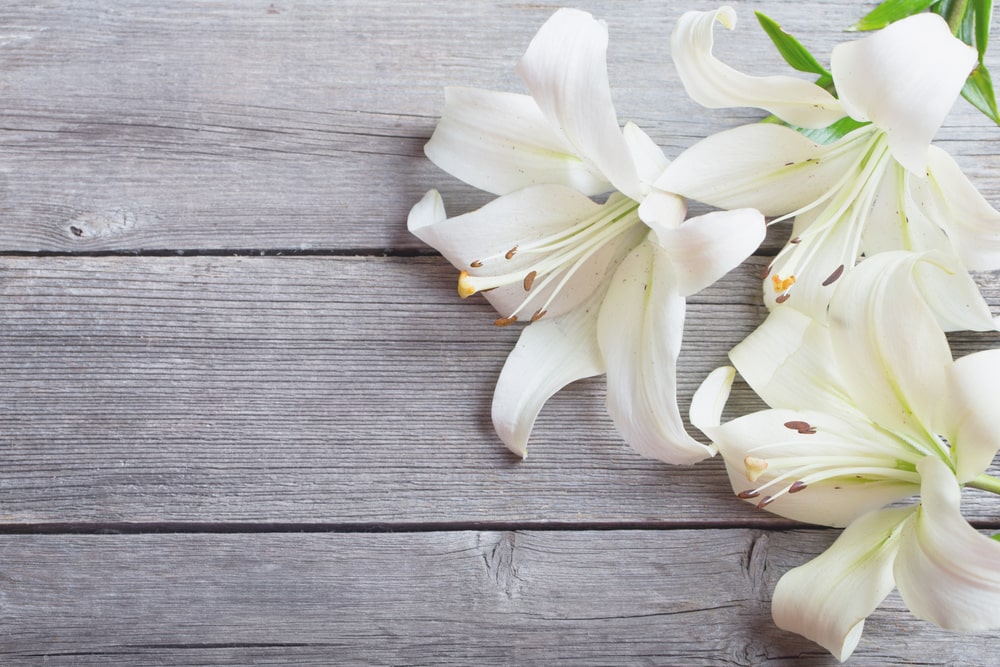



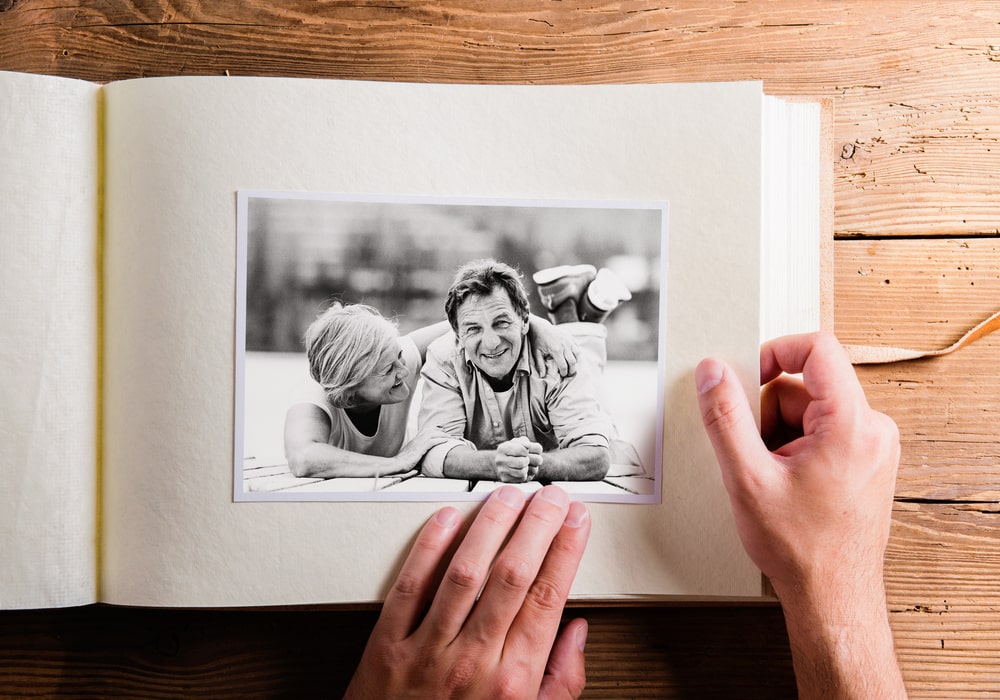








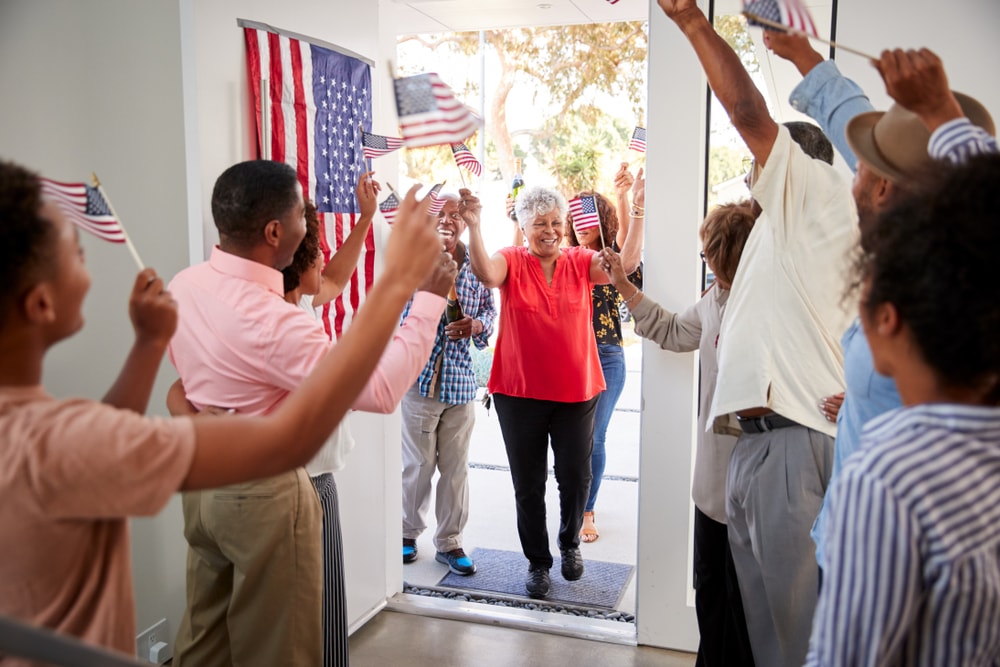



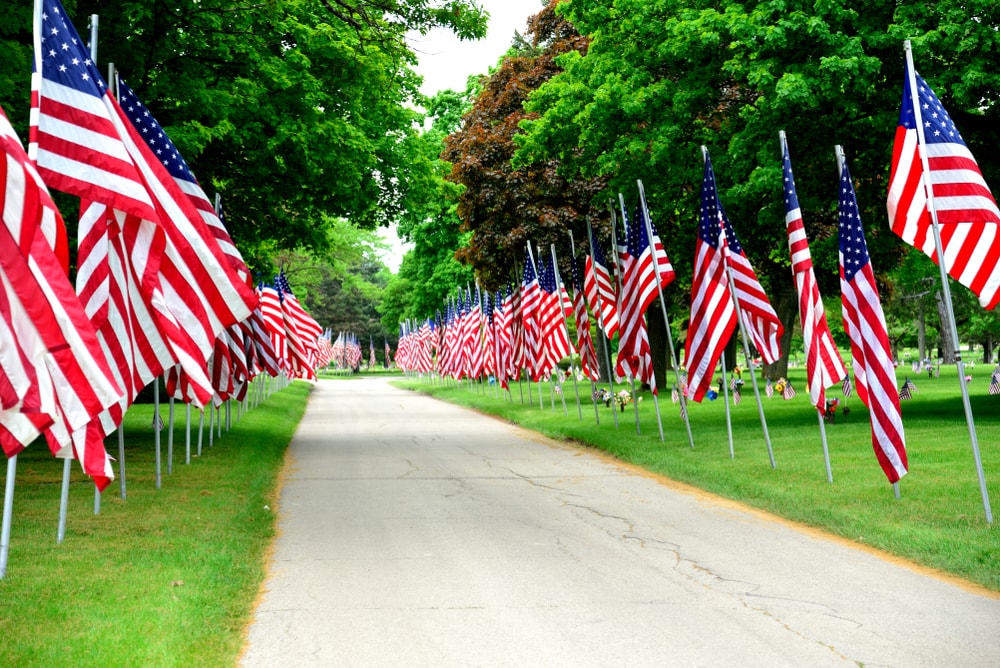
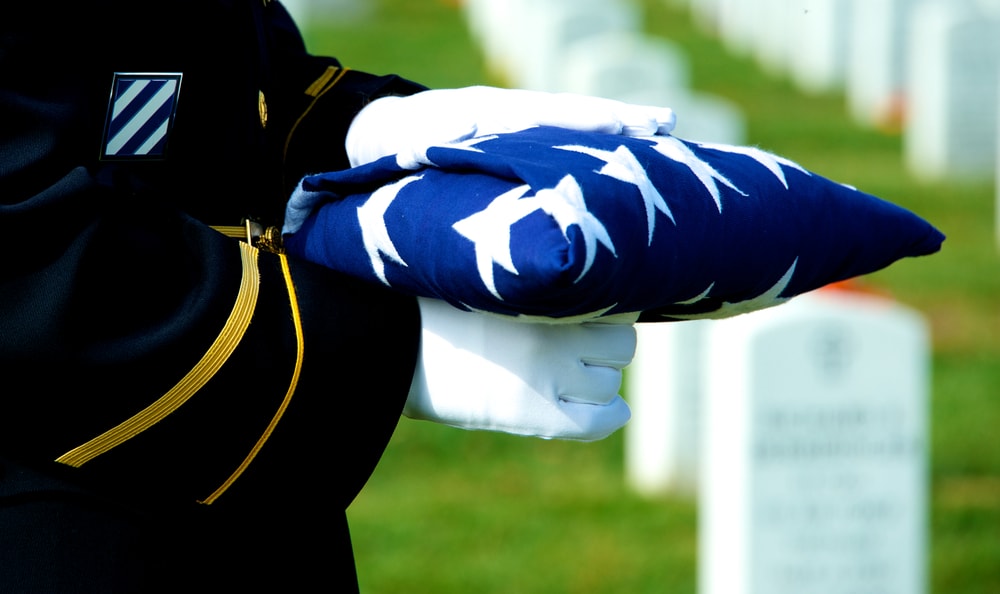




 Readings
Readings